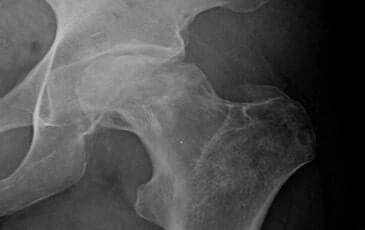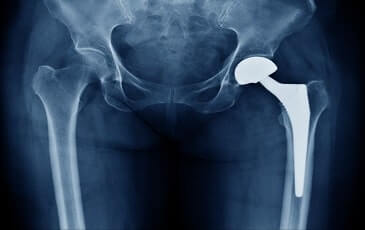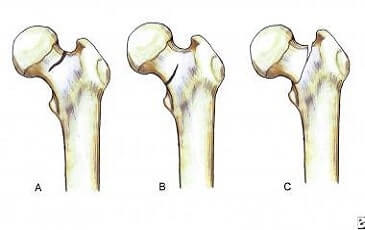Hip replacement surgery
Hip arthritis is a common problem that causes hip pain. When arthritis occurs, the joint becomes inflamed and painful. There are five types of hip arthritis that causes pain in the hip joint – osteoarthritis, rheumatoid arthritis, Ankylosing spondylitis, Systemic lupus erythematosus, Psoriatic arthritis. There is no treatment to cure arthritis but there are therapies and medication to manage the pain and symptoms.
Rheumatoid arthritis is an autoimmune disorder that mainly affects the joints. It is caused by the body’s own immune system attacking the healthy body tissues by mistake. It affects the lining of the joints causing pain and swelling and eventually results in bone erosion and joint deformity.




